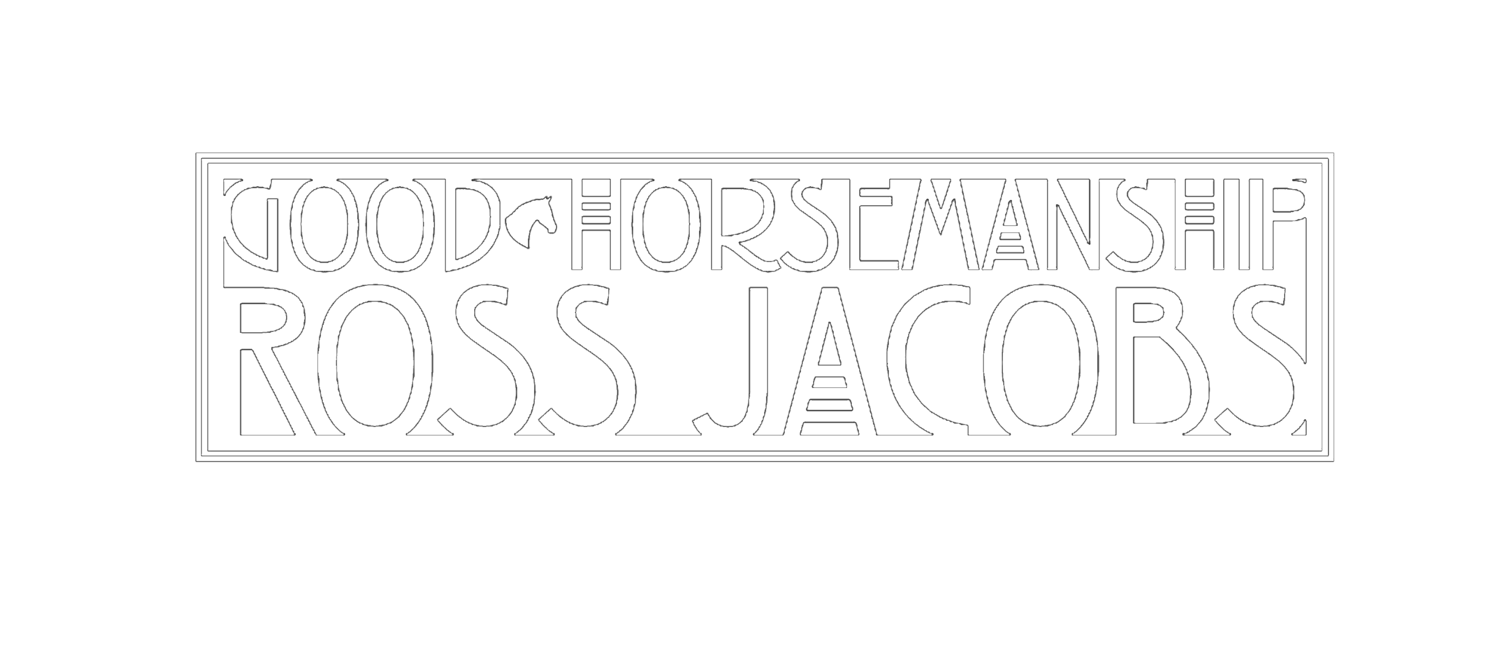Few things in the world are perfect. In my opinion, the books ‘To Kill A Mockingbird’ and ‘The Road’ come close. Paul Bley’s jazz piano version of ‘My Old Flame” is definitely perfection. Maybe the mathematical proof of the ‘Unique Hypothesis’ is another example. But outside of the handful of examples, I struggle to think of other instances of perfection. Yet I recently experienced people attempting to achieve perfection with their horse, to no avail.
I have encountered a few instances where the goal of perfection has hindered its achievement. You might think that doesn’t make sense. You might think that if we don’t aim for perfection, how will we achieve it?
But the truth is that the words ‘perfect’ and ‘horses’ don’t belong in the same sentence. This is because people confuse the idea of ‘better’ with the concept of ‘perfection’.
Let me give one example from a horse owned by a friend. It was a young-ish horse that was quite afraid of people, it didn’t like to be caught, didn’t lead very well, and was pretty reactive to most anything. The owner has been struggling with the horse for quite a while. I saw it last year and the horse had come a long way from the horse that wouldn’t let anybody near it. Nevertheless, progress had been slow mainly because the owner had been unable to commit enough time to the project, and a misunderstanding of what to prioritize when she did work with the horse.
During one session we had together the owner showed me how she was developing the leading. The gelding was worried about being separated from the other horse and was constantly checking in with them and fidgeting with little interest in the handler. The horse had the habit of crowding the person leading and that was something the owner had been trying to fix for a little while. The session began with the owner directing the horse when to move and where to move each foot with every step. There was micromanaging on a commercial scale going on. Any time the horse looked or didn’t look, moved, or didn’t move it was corrected to do precisely what the owner wanted in the way she wanted it.
In her mind, the owner was trying to help her horse learn to connect to her and the job at hand. She figured that by requiring precision, the horse would have a reason to pay attention. But the opposite was true. Demanding precision caused the horse to not want anything to do with what was happening between it and the handler. It was confusing and driving the horse nuts.
I asked the owner, “You can’t tell somebody what colours to use when they don’t even know what the picture looks like.” This is what was occurring before me. The horse was experiencing pressure and release repeatedly and didn’t know why. It didn’t know what the picture looked like.
The owner allowed me to take the lead rope and after a short rubbing ceremony, I walked off and expected the horse to come with me. It didn’t, of course. But I firmed up on the lead rope and walked somewhere else. I didn’t wait like the owner had been doing, instead, I just walked away and expected the horse to come with me. We walked all over the paddock. We climbed mounds of dirt and backed down them. We went around trees – sometimes in the same direction and sometimes I sent him one way while I went in the other direction. I asked him to hang with me while I stood on a tree stump and rubbed half his hair off. Other times I stood next to him and tossed the rope casually over his back. The hardest challenge for the horse was to walk between the fence and me (it was very narrow and I was standing on a tall stump).
While I was doing this I was very determined not to micro-manage at any stage. If the horse crowded me, I fixed it in a flash and moved on. If the horse leaned on the lead rope, I fixed it in half a second and went to do something else. I gave purpose to what I was doing and then did something else.
When I stopped, the horse had forgotten about his friends. He stood quietly with no fidgeting, calling out, wanting to eat grass, etc while we talked for many minutes. He watched and waited, but stayed relaxed.
So here’s the point of this story.
There is a time when you want to get picky and ask for precision from a horse. But this can only come once a horse feels comfortable and confident in the bigger picture. If a horse is troubled to be near a human, don’t ask for accuracy until he feels relaxed to be around people. If a horse is unsure about trotting calmly with a rider, don’t get picky about the accuracy of the line or circle. And if a horse is worried about going forward, don’t concern yourself about which lead it is cantering on or if it is disunited (cross-firing).
Every time we are with a horse we should be aiming for things to be better. When things are not right inside a horse, aiming for perfection only gets in the way of achieving better. Keep all that you ask of a horse within today’s ability, not what it could be like in a month.
My horse Chops. Proof there is such a thing as the perfect pony.

